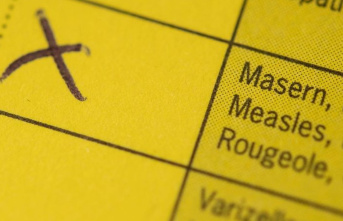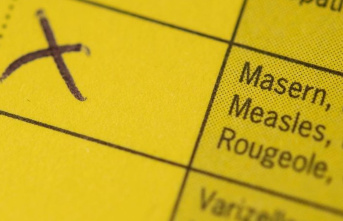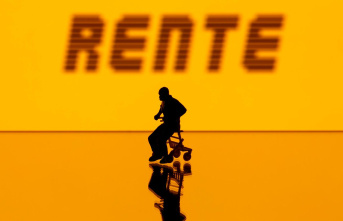The payment of the rental income is the main obligation of every tenant, so when a non-payment occurs, it represents a serious breach of the lease. In this situation, based on article 27 of the Urban Leasing Law, the owner has the right to demand payment of the rent or to promote the resolution of the contract by resorting to eviction. But, after how many defaults can the tenant eviction process begin?
In principle, it is enough for the tenant to stop paying a single month of rent to be able to file the eviction lawsuit for non-payment. Thus, there is no minimum number of non-payments to be able to start the eviction process: from the first it is already possible to start the procedure.
Now, before taking this legal action, the first step is usually for the landlord to try to reach an amicable agreement with the tenant to recover the debt. If after sending a burofax with the payment request, 30 days go by and the unpaid rent is not recovered, then it is when it begins to be advisable to initiate the legal procedure.
In the case of eviction due to non-payment of mortgage, there are certain terms and conditions set to be able to start the legal process. They are the following:
In these cases, when the first non-payment of the mortgage occurs, the bank contacts the debtor through an official communication by letter, email or SMS. Once five months of non-payment have elapsed, the debtor is included in a list of defaulters and, if the holder of the mortgage loan continues not to make the payment within the stipulated periods, the bank can proceed to file the lawsuit.
Eviction is a procedural means that is carried out when the judge's decision has been favorable to the demand of the owner of the property. Once the eviction procedure has been started, the tenant can end it by paying what he owes within 10 days of receiving the notice.
This is known as enervation, and can be done only once during the life of the lease. This means that, if on any other occasion the tenant is in debt to the landlord, he will no longer be able to use this route to avoid eviction and will have to leave the property.
Approximately one month after filing the eviction lawsuit, the court issues the admission decree authorizing the expulsion of the tenant from the property so that the landlord can recover his possession. This document contains the following information:
Something very important to keep in mind is that if the tenant is not notified of the eviction lawsuit, it is as if the process had not started. In some cases, this used to lead to a delay in the process because tenants frequently circumvented the notification process. However, now the Law allows the owner's solicitor to be the one to notify the claim, speeding up the process.
When filing the lawsuit, the owner can choose between claiming the eviction, claiming the overdue and unpaid rent, or claiming both. Although these are two different actions, the law allows them to be accumulated in the same lawsuit, which is the most common. In addition, the costs that the eviction process has involved can also be claimed.
This demand must be signed by a lawyer and solicitor regardless of the amount of the debt. In addition, along with the eviction request, a copy of the lease must be provided.
4












